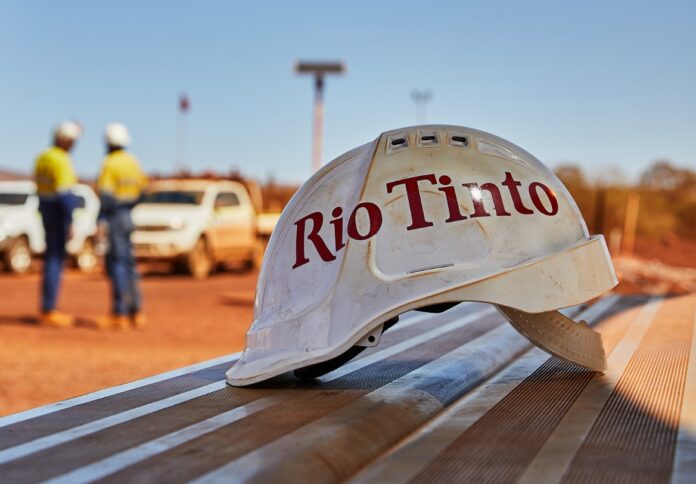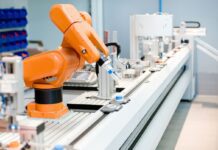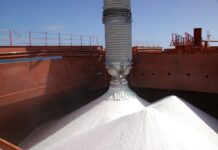
Rio Tinto has released its second quarter production results, highlighting progress in various operations and projects.
Chief Executive Jakob Stausholm remarked, “Our operational performance continues to progress. While there are still significant improvements ahead, we are beginning to see a step-change in production, including from our Queensland bauxite business following the roll-out of the Safe Production System.”
Stausholm emphasised the ASX-listed company’s disciplined growth in essential materials for the energy transition.
“We are growing with discipline in the materials the world needs for the energy transition. Construction of the Simandou high-grade iron ore project in Guinea is advancing at pace, the ramp up of the Oyu Tolgoi underground is on track, and we are set to achieve first production from the Rincon starter plant by the end of the year.”
Rio Tinto reported a decrease in its all-injury frequency rate to 0.32 from 0.37 in the first quarter and 0.38 in the same period last year.
In the Pilbara, iron ore production reached 79.5 million tonnes, slightly lower than last year due to a train collision in mid-May.
Despite this, shipments were two per cent higher, aided by port stock drawdowns. Bauxite production saw a 9 per cent increase to 14.7 million tonnes, attributed to the Safe Production System’s successful implementation.
Alumina production dropped by 10 per cent due to issues with the Queensland Gas Pipeline, but aluminium production remained stable with a 1 per cent increase.
On 31 May 31, Rio Tinto secured a 20-year electricity arrangement for NZAS, ensuring the future production of high-purity, low-carbon metal.
The company also acquired Sumitomo Chemical Company Limited’s 20.64 per cent interest in NZAS, making it 100% owned by Rio Tinto.
Mined copper production increased by 18 per cent, driven by significant improvements at Kennecott and Oyu Tolgoi.
Production of titanium dioxide slag fell by 22 per cent due to weak market conditions, while IOC production rose by 6 per cent year-on-year but was down 16 per cent quarter-on-quarter due to maintenance activities.
Rio Tinto continued its investments in decarbonisation technologies, including ELYSIS carbon-free aluminium smelting cells in Quebec and the BioIron low-carbon ironmaking process in Western Australia.
Additionally, all conditions were satisfied for the investment in Simandou high-grade iron ore deposit in Guinea, marking a significant milestone for the project.




















